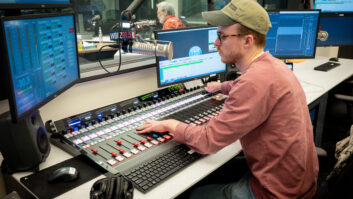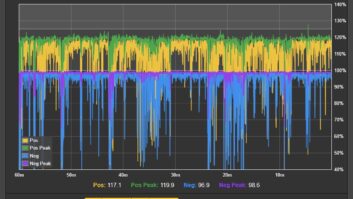Radio World Buyer’s Guide articles are intended to help readers understand why their colleagues chose particular products to solve various technical situations. This month’s articles focus on codecs and STLs.
It’s linear audio all the way for Crawford Broadcasting in Chicago, which extended its studio WheatNet IP to its transmitter site in Lansing, Ill., using a Cambium 18 GHz link.
Crawford is transferring uncompressed 44.1 kHz digital audio from a WheatNet IP I/O Blade at the studio and across the Cambium link into a Blade at the transmitter site.
“We noticed an immediate improvement in sound just by putting that 44.1 linear audio right there at the processor at the transmitter site,” said Rick Sewell, engineering manager for Crawford Chicago.
“The transmitter Blade just shows up in Navigator like it’s in the next room, but in reality, it’s four miles away.”

Cambium is a licensed-frequency Ethernet link that transfers almost 1 Gbps within line of sight.
Linear audio from a studio Blade feeds directly into the Cambium IP radio through RJ-45 connectors. Little more than a RF unit with antenna is needed on each end, with a single WheatNet-IP digital Blade able to run eight stereo channels across and still have enough bandwidth left over for video surveillance, VoIP, remote control and other periphery functions.
“What’s coming out of the studio is exactly what’s going into the processor at the transmitter site four miles away,” said Sewell, who is also using the onboard processor built into the Blade to do minor pre-STL EQing and normalizing before the signal leaves the studio for the on-air processor at the transmitter site.
The 18 GHz link is now used as the main STL for Crawford station WSRB(FM), which broadcasts from a tower site in Lansing.







